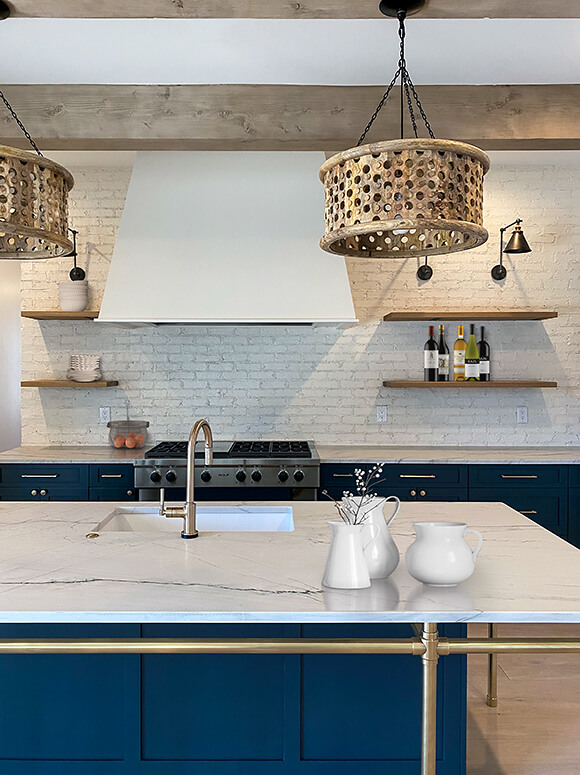A Guide to Choosing the Perfect Legs For Kitchen Area Island for Your Home
Choosing the ideal legs for your kitchen island is a nuanced choice that influences both the capability and aesthetic charm of this central space. Aspects such as height, materials, and design play a critical function in harmonizing your island with the total kitchen area style. Additionally, recognizing the significance of security and maintenance can dramatically influence your selection. As you take into consideration these elements, it becomes obvious that the ideal legs can change not just the look of your kitchen area but likewise its usability for years to come. What details attributes should you prioritize in this selection process?

Understanding Cooking Area Island Legs
When selecting legs for a kitchen area island, it's necessary to understand their functional and aesthetic functions in the general layout. The legs offer as a crucial support group, ensuring stability and sturdiness for the island, which frequently works as a workspace, eating location, or gathering place. As a result, the selection of product and building strategy should be robust adequate to withstand everyday usage and potential wear.
Along with their structural obligations, legs contribute substantially to the island's aesthetic appeal. They can improve the kitchen's design, whether via traditional, contemporary, or diverse layouts. The elevation and percentage of the legs are likewise vital factors to consider; they need to balance with the island's counter top height while guaranteeing comfortable seating for those utilizing the room.
Moreover, the leg design can influence the general flow of the kitchen. Open, ventilated leg styles can create a feeling of agility, while strong, substantial legs may communicate a more grounded and steady aesthetic - Legs For Kitchen Island. Recognizing these useful and visual aspects will certainly guide house owners in making informed selections that enhance their cooking area's design and enhance its usability
Popular Styles and Products
The option of legs for a kitchen area island incorporates a variety of prominent designs and products, each offering one-of-a-kind characteristics that can improve both capability and aesthetics. Conventional legs normally display elaborate details and craftsmanship, enhancing traditional cooking area designs.

Height and Security Factors To Consider

The legs of the cooking area island need to provide sufficient assistance, making certain that the structure can endure day-to-day usage without moving or wobbling. Material choice plays a significant role in stability; metal legs, for circumstances, tend to provide greater strength compared to wood.
Matching Your Kitchen Area Visual
Choosing the best legs for your cooking area island goes past functionality; it likewise plays a significant function in the total aesthetic of the space (Legs For Kitchen Island). When picking legs, think about the layout style of your kitchen.
Legs that match or comparison with your island's surface area and bordering kitchen cabinetry can produce visual consistency or striking focal points. Additionally, take into consideration the coating of the legs; matte, glossy, or textured coatings can substantially affect the total feeling of the cooking area.
Installment and Upkeep Tips
Installing cooking area island legs needs my site mindful interest to information to make sure both security and aesthetic charm. Begin by picking a suitable area for your island, guaranteeing it is degree and has sufficient area for movement. If you are attaching the legs to a wall or utilizing brackets for included assistance, utilize a stud finder to locate wall surface studs. Mark the placement of the legs accurately before drilling.
When protecting the legs, make use of premium screws and, if essential, timber glue for additional strength. For steel legs, guarantee that you are using appropriate anchors and devices to stop damages to your floor covering. It is recommended to examine for levelness after setup, making modifications as needed to avoid tottering.
Maintenance is equally vital for durability - Legs For Kitchen Island. Regularly examine the legs for any kind of indications of wear or helping to loosen, especially in high-traffic locations. Tidy the legs with a suitable cleaner, avoiding unpleasant products that might damage the surface area. For wooden legs, think about applying a wood conditioner regularly to keep their surface. By adhering to these setup and upkeep suggestions, you can ensure that your kitchen island legs remain both useful and visually try this website appealing.
Verdict
Finally, choosing the ideal legs for a cooking area island demands cautious factor to consider of elevation, stability, and visual compatibility. By choosing suitable products and designs that line up with the overall kitchen area design, functionality can be boosted while maintaining aesthetic allure. Proper installment and recurring upkeep further add to the toughness and long life find this of the cooking area island. Inevitably, thoughtful leg option plays an essential role in raising both the functionality and style of the kitchen area area.
When picking legs for a kitchen island, it's crucial to understand their functional and visual functions in the general style. Open, ventilated leg designs can create a feeling of agility, while solid, substantial legs may communicate a much more based and steady aesthetic. The legs of the cooking area island should provide appropriate assistance, making certain that the framework can withstand everyday usage without moving or tottering.Installing cooking area island legs requires careful attention to information to guarantee both security and aesthetic allure.In final thought, choosing the suitable legs for a kitchen area island necessitates careful factor to consider of elevation, stability, and aesthetic compatibility.